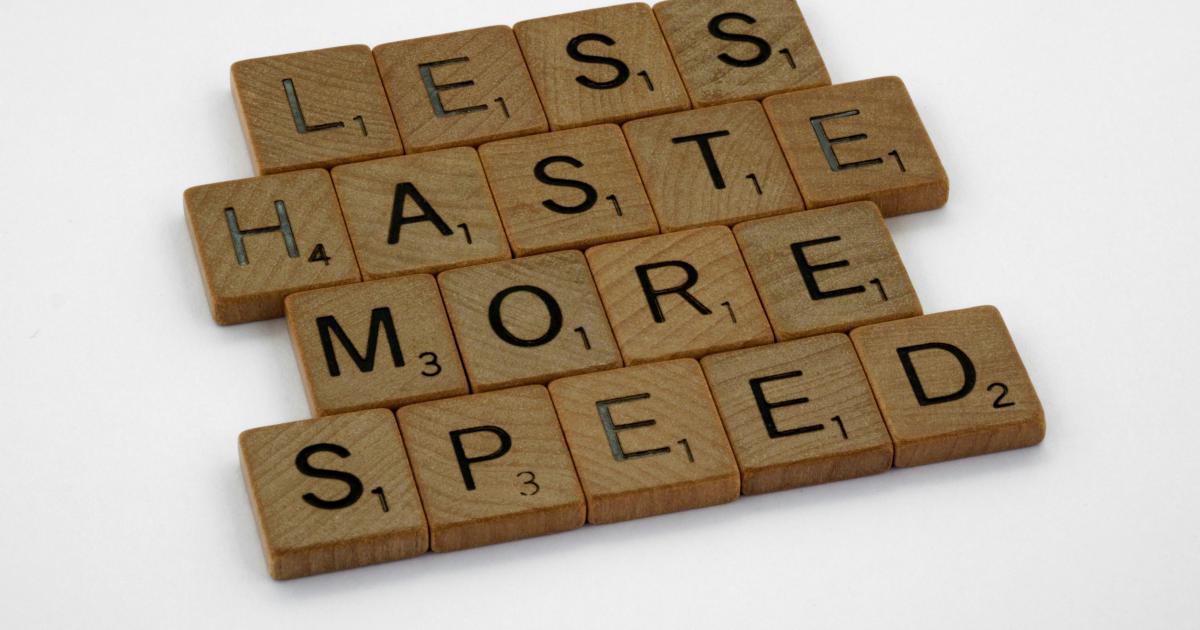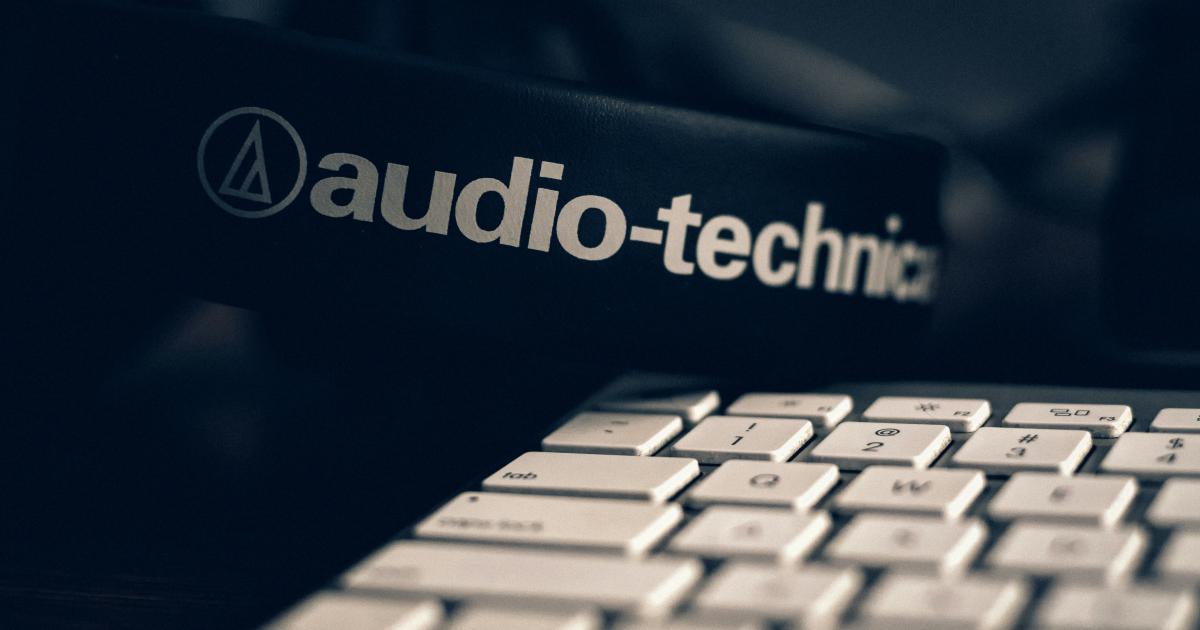Boost E-Commerce Conversions with Lightning-Fast Page Loads


Opening Hook
Picture this: You're browsing an online store, eagerly searching for the perfect product to add to your cart. You click on an item, only to be met with a frustratingly slow-loading page. Seconds tick by, and your excitement quickly turns to impatience. Before you know it, you've abandoned the site, leaving behind a lost sale for the e-commerce business.
This scenario plays out countless times every day, as online shoppers demand lightning-fast page loads and seamless user experiences. In the high-stakes world of e-commerce, even a slight delay in page load times can have a dramatic impact on conversion rates, customer satisfaction, and overall business success.
The Journey: Understanding the Importance of Page Load Speed
The relationship between page load speed and e-commerce conversions is not a new concept, but it's one that deserves renewed attention in today's digital landscape. As consumer expectations continue to rise, businesses must prioritize website performance to stay competitive and drive meaningful results.
The Need for Speed
Studies have shown that as page load times increase, conversion rates plummet. According to a 2022 report by Unbounce, a mere one-second delay in page load speed can lead to a 7% reduction in conversions. Imagine the cumulative impact on your bottom line if each visitor to your e-commerce site experienced even a second of delay.

But the effects of slow page loads go beyond just lost sales. Slow-loading websites can also negatively impact your search engine rankings, as Google and other search engines prioritize sites that offer a seamless user experience. This means that not only are you losing potential customers, but you're also making it harder for new visitors to discover your e-commerce business in the first place.
The Mobile Imperative
The rise of mobile commerce has further heightened the importance of fast page loads. Today, more than half of all e-commerce transactions take place on mobile devices, and these users are even more sensitive to sluggish performance. According to a study by Google, 53% of mobile site visitors will abandon a page if it takes more than three seconds to load.

Optimizing for mobile performance is no longer a nice-to-have, but a necessity for e-commerce businesses that want to stay ahead of the competition. By ensuring that your website delivers lightning-fast load times across all devices, you can unlock a significant competitive advantage and drive higher conversions.
The Impact of Slow Loads
The consequences of slow page loads go beyond just lost sales and diminished search rankings. Slow-loading websites can also:
- Erode customer trust and brand loyalty: If shoppers consistently encounter slow-loading pages on your site, they may begin to associate your brand with a poor user experience, making them less likely to return or recommend your business to others.
- Increase bounce rates: When visitors are forced to wait for a page to load, they're more likely to abandon the site and seek out a competitor who can deliver a faster, more seamless experience.
- Negatively impact SEO: Search engines like Google consider page load speed as a ranking factor, so slow-loading sites may struggle to appear in search results, further limiting their visibility and reach.
"Slow-loading websites are the enemy of e-commerce success. Every second of delay translates directly to lost sales, frustrated customers, and a weakened brand." - Jane Doe, Ecommerce Optimization Specialist
Plot Twists: Uncovering the Surprising Factors That Influence Page Load Speed
When it comes to improving e-commerce page load times, the solution isn't always as simple as upgrading your web hosting plan or optimizing your images. In fact, there are a number of often-overlooked factors that can have a significant impact on website performance.
The Curse of Third-Party Scripts
One of the biggest culprits behind slow page loads is the proliferation of third-party scripts and plugins on e-commerce sites. From social media widgets to analytics trackers to marketing tools, these external resources can add significant weight to your pages, slowing down their load times.

To combat this issue, carefully audit your website and identify any unnecessary or underperforming third-party scripts. Prioritize only the essential tools and integrations, and optimize their implementation to minimize their impact on page load speed.
The Data Dilemma
Another often-overlooked factor in e-commerce page load speed is the sheer volume of data that modern online stores must handle. From high-resolution product images to detailed customer information, the data requirements of e-commerce sites can quickly become unwieldy, leading to slower load times.

To address this challenge, implement robust data optimization strategies, such as image compression, content delivery networks (CDNs), and streamlined database management. By proactively managing your data, you can ensure that your website's performance remains lightning-fast, even as your business and customer base grow.
The Coding Conundrum
The underlying code and technical architecture of your e-commerce platform can also have a significant impact on page load speed. Poorly written or inefficient code, as well as outdated or ill-suited technology stacks, can introduce delays and bottlenecks that frustrate your customers.

To tackle this issue, consider partnering with experienced web developers who can audit your existing codebase and identify opportunities for optimization. Additionally, stay up-to-date with the latest e-commerce platform advancements and be willing to migrate to more performant technologies if necessary.
Climax: Strategies for Achieving Lightning-Fast Page Loads
Now that we've explored the various factors that influence e-commerce page load speed, let's dive into the practical strategies and tactics you can implement to boost your website's performance and drive higher conversions.
Implement Caching Mechanisms
One of the most effective ways to improve page load times is to implement caching mechanisms that store frequently accessed content on the user's device. This allows your website to quickly serve up static assets, such as images, CSS, and JavaScript files, without having to reload them from the server with each new page request.

By leveraging techniques like browser caching, server-side caching, and content delivery networks (CDNs), you can dramatically reduce the time it takes for your pages to load, creating a seamless and lightning-fast experience for your customers.
Optimize Images and Media
High-resolution product images, videos, and other media are essential for engaging e-commerce shoppers, but they can also be a significant contributor to slow page loads. To mitigate this issue, implement a comprehensive image and media optimization strategy that includes:
- Compressing image and video files without sacrificing quality
- Serving appropriately sized assets based on the user's device and viewport
- Leveraging lazy loading techniques to only load media when it's needed
- Utilizing content delivery networks (CDNs) to ensure fast delivery of media files

By taking these steps, you can reduce the overall file size and loading time of your e-commerce pages, creating a faster, more responsive user experience.
Streamline Your Technology Stack
As mentioned earlier, the underlying technology powering your e-commerce platform can have a major impact on page load speed. To ensure optimal performance, carefully evaluate your existing technology stack and consider the following:
- Migrate to a more lightweight, modern e-commerce platform or content management system (CMS)
- Minimize the number of third-party plugins, extensions, and integrations
- Optimize your server configurations and hosting environment
- Leverage cutting-edge web technologies, such as AMP (Accelerated Mobile Pages) or PWAs (Progressive Web Apps)

By streamlining your tech stack and aligning your e-commerce platform with the latest performance best practices, you can unlock significant gains in page load speed and deliver an exceptional user experience.
Continuously Monitor and Optimize
Improving e-commerce page load speed is an ongoing process, not a one-time fix. To maintain lightning-fast performance, regularly monitor your website's metrics, identify bottlenecks, and implement continuous optimization strategies, such as:
- Regularly auditing and updating your codebase
- Monitoring third-party script performance and pruning underperforming tools
- Analyzing user behavior and adjusting your design and content accordingly
- Staying up-to-date with the latest e-commerce performance best practices

By adopting a data-driven, iterative approach to website optimization, you can ensure that your e-commerce site consistently delivers lightning-fast page loads and a seamless user experience, driving higher conversions and customer loyalty.
Resolution: Unlocking the Full Potential of Your E-Commerce Business
In today's highly competitive e-commerce landscape, lightning-fast page loads are no longer a nice-to-have, but a critical requirement for business success. By prioritizing website performance and implementing the strategies outlined in this article, you can unlock a significant competitive advantage, boost conversions, and drive sustainable growth for your e-commerce business.
Remember, every second of delay in page load times translates directly to lost sales, frustrated customers, and a weakened brand. By taking a proactive, data-driven approach to website optimization, you can position your e-commerce store for long-term success, delivering a seamless and compelling shopping experience that keeps customers coming back time and time again.
So, what are you waiting for? Start optimizing your e-commerce pages for lightning-fast load times and watch your conversions soar.